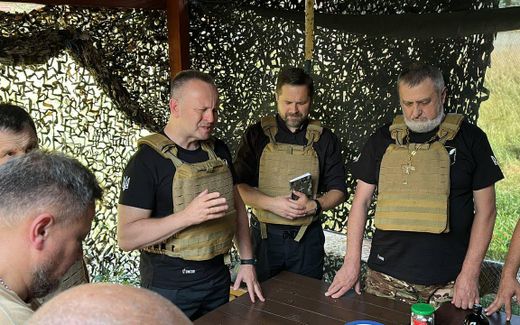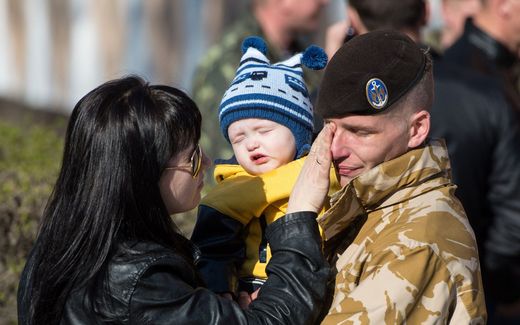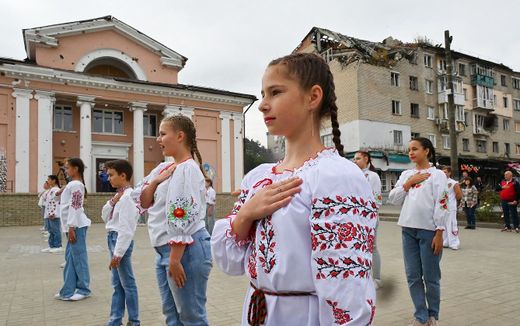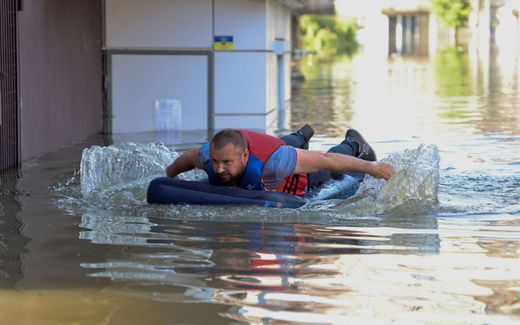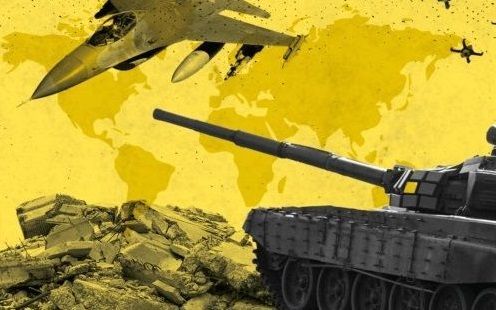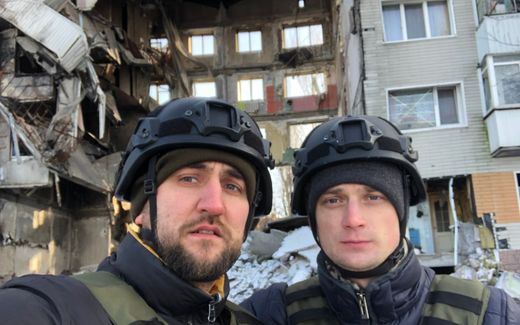Column from Ukraine: Recruitment process is still full of corruption
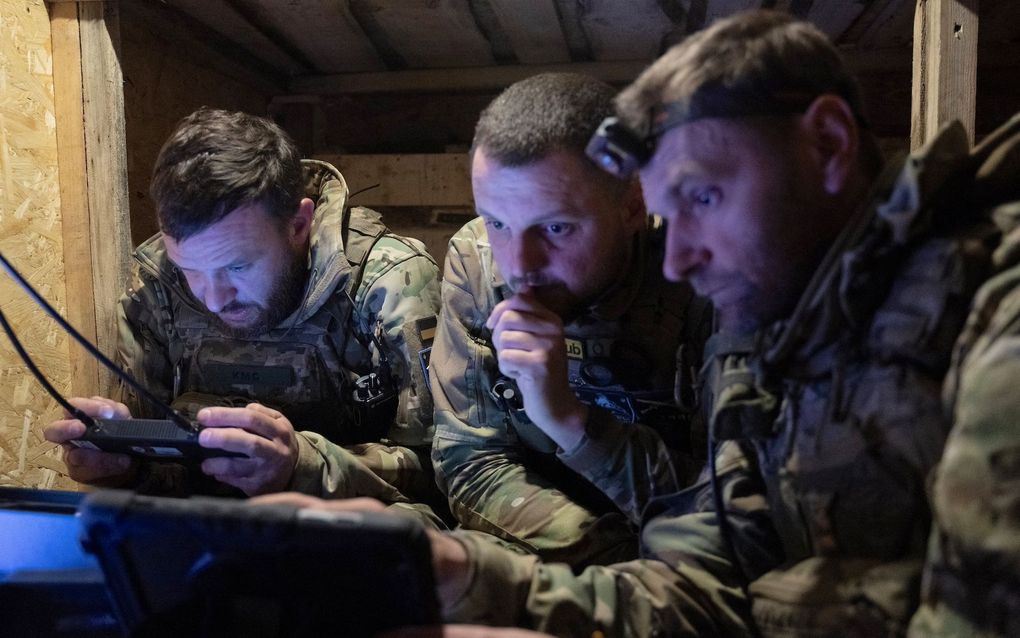
Ukrainian servicemen active in the field. Photo AFP, Genya Savilov
Christian Life
In the next column, Oleksii will write from the front. But now, he still wears civilian clothes. He is disappointed that the revised recruitment law did not end the space for corruption.
In my previous article, I discussed the mobilisation in Ukraine. At the moment, this is one of the most pressing issues. It has captured the attention of the entire Ukraine.
We talked about two problems. First, the outdated, still Soviet system of state recruitment (the Territorial Recruitment Centers, TRC), which lacks the appropriate regulatory framework and often acts contrary to Ukrainian laws and the constitution. Second, the level of corruption in the TRCs has reached such proportions that people have stopped considering this institution legitimate or authoritative. Therefore, society expected the long-awaited mobilisation law would change this catastrophic situation.
Over 4,000 amendments were added to the law during its development and consideration, setting a record in Ukraine’s legislative practice since 1991. The long-awaited law was voted on in the Verkhovna Rada on April 11, 2024, and President Zelensky signed it on April 16. The law has come into force last Saturday, May 18.
Unfortunately, society’s expectations were not met, and the state leaders chose an even harsher political line.
First, society expected to reorganise the old TRC system, conduct audits and investigations into power abuses, and clear corruption cases. However, the new law, on the contrary, granted unprecedented powers to the old TRCs.
For example, now the TRCs can, without legally notifying a person, issue a fine of 400-600 euros to anyone who does not appear for a check. The TRCs also have the right to take cars (if a person has two cars), agricultural equipment, and trucks for the army’s needs. It is still being determined how the state will return or compensate for this equipment in the future. Furthermore, the TRCs now have the right to block a person’s bank account and annul their driving license through a simplified accelerated procedure (literally within a few days) via court.
Now the new law has come into force, every man between 18 to 60 years (and women with certain specialities) in Ukraine and abroad must register with the TRC and undergo a medical examination within 60 days. The medical commission decides whether a person is healthy and can serve or not.
It is no secret that the TRCs closely interact with the doctors conducting the medical examinations. There are numerous testimonies of perfectly healthy men receiving a deferment (delay or postponement) from service (for a certain amount) because the doctors of the medical commission at the TRCs suddenly “found” non-existent illnesses. Just as truly ill men are declared “completely healthy” and sent to war (because they either do not want or cannot pay).
To put it briefly, all power is now concentrated in the hands of the local TRC chief. At his will, a sick person can be miraculously healed, and a healthy one can pick up a deadly disease. It is not necessary to explain to the reader what a temptation it is for corruption to flourish.
But this law’s biggest surprise (and disappointment) was the list of people who can receive deferment from mobilisation. In this list, you will find police officers, judges, deputies and their assistants, prosecutors, and even circus workers. Yes, you read that right. According to the new mobilisation law in Ukraine, circus workers can receive a deferment from mobilisation if their enterprise is recognised as critically important for the country’s functioning.
For example, workers of the “Ukrainian Traveling Circus” are already deferred from mobilisation because the Ministry of Culture recognised this enterprise as critically important. Meanwhile, official church ministers who care for the families of military personnel or volunteers, without whom our army would have long been naked and barefoot, did not make it to the deferment list.
Against this backdrop, church pastors have sounded the alarm. We can only imagine what would happen if all priests were mobilised. The problem isn’t that priests will defend the country; everyone must protect it, and that’s a fact. The problem is that in 9 out of 10 cases, priests are not allowed to serve as chaplains. You may ask why because the head of the TRC makes the final decision. He usually doesn’t care about the priest’s professional skills. In his opinion, a priest would be more useful in a tank or as a machine gunner.

Against this background, many pastors try to solve this issue independently. They begin to look for military units where chaplains are needed and negotiate with the command to be mobilised to this unit specifically for the chaplain position. But the irony is that the final word always remains with the head of the TRC of the priest’s district. And even if a priest already has an invitation for chaplain service from a specific unit, the TRC head can refuse it and send the priest where he sees fit. My pastoral friends who were lucky enough to get a chaplain position in a pre-arranged unit said that to make this happen; you need to have very influential acquaintances in higher state structures.
Unfortunately, at the moment, the situation is as it is, and it is not very encouraging. However, even realising that, most likely, I will write the next post for you from the front trenches.
I always appreciate repeating that whatever decisions our officials make, the Lord holds everything and everyone in His hand and controls absolutely everything and everyone. Therefore, even in such circumstances, we can find comfort in Him and peace in our hearts.
The Lord is merciful!
Related Articles


